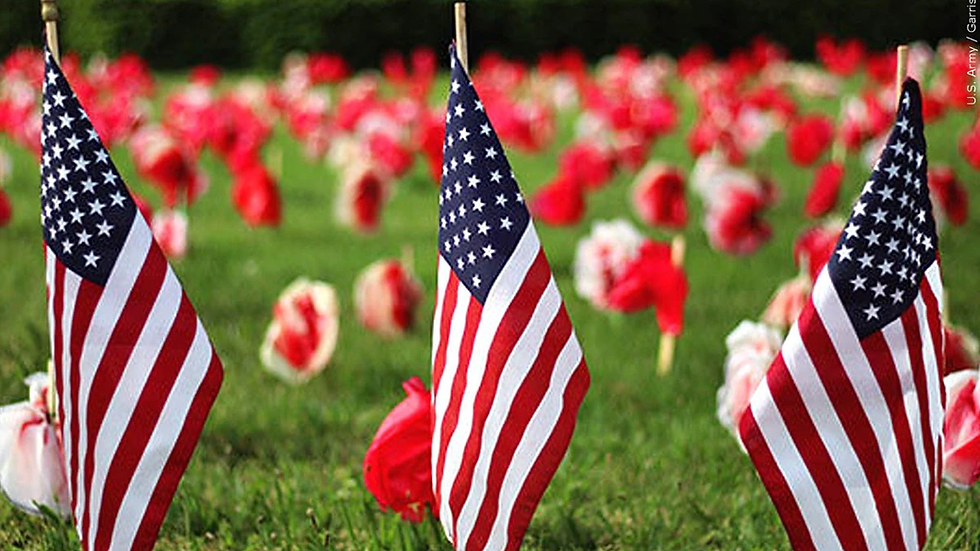The History of Christmas
- Jan 6, 2021
- 3 min read
Gianna Gammello, Freshman
The way we will have to celebrate Christmas this year may be a bit different, but the origin of this holiday will never change.
December 25th, or Christmas Day, is the most widely celebrated holiday all throughout the world. Christmas time brings on many traditions, whether it be family traditions, or symbolic traditions, like the idolization of Santa Claus, kissing under the mistletoe, or munching on some candy canes.
Christmas is meant to celebrate love, family, giving, and the birth of Jesus Christ, in the Nativity. The term “Christmas” means Mass of Christ (Mass of Jesus). Christmas is the globally celebrated holiday that originated and is liturgically celebrated as the birth of Christ.
The date of Jesus’ birth has been rumored to actually have happened in the spring, March 25th in particular, which is very well possible. The first noted celebration of Christmas on December 25th dates all the way back to the year 336, around the time of the Roman Emperor Constantine.
Around the same time as Christmas, December 21st, is what we celebrate as the beginning of the Winter season, and the Winter Solstice, meaning that the sun would be risen longer. The Pagan people would celebrate this day because it meant that they had more sunlight to work. A lot of the festivities we do around Christmas time originated from some of the celebrities the Pagans would do, such as Yule. Each country had its own way of celebrating, but Yule was celebrated by families and friends coming together to partake in poetry reading, food, and drinks for all.
Early churches would celebrate Christmas on January 6th, which was meant to celebrate the Epiphany. The Epiphany is the Christian feast day that celebrates Jesus Christ is the son of God, and of God incarnate as Jesus Christ. Now those of Christianity celebrate this day as a Holy Day of Obligation by attending a church mass or service on January 6th.
Though this day is to celebrate the birth of Jesus Christ, a lot of the traditions with this celebration stem from many cultures, like St. Nicholas who was a Christian bishop who would help those in need by gift giving. Families would leave out their shoes outside and St. Nicholas would provide them with little gifts. After St. Nicholas’ passing, his legend of gift giving grew into the “Santa Claus” we have today. Another thing is something we eat during this Christmas time, candy canes. Candy canes are a symbolic food. The white part of the candy cane represents the purity of Jesus Christ and the red represents the blood he shed while he died on the cross. Many people also turn their candy canes upside down to represent a ‘J’ for Jesus.

Many people believe the Christian holiday of Christmas was meant to take over how the Pagans and other religions would celebrate, because the dates of them celebrating all in December are so close, when evidence links some holidays celebrated in this month to originally be celebrated in the spring. Recent evidence also found that ‘Sol Invictus’, (the Pagan god of the sun which the Pagans celebrated with the Winter Solstice) did not happen until the 12th century and that the celebration may have taken place in October.
Many people also say that Jesus was born December 25th because December 21st (the rebirth of the long-lasting sun) would celebrate the birth of the son, God’s son.
Many countries, cultures, families and people have many different ways of celebrating this holiday, but it is important that we do not lose sight of what the holiday was intended for, and we celebrate with the traditions from our own families, and from cultures that have been passed down for ages.
(Photo Courtesy: History.com)




Comments